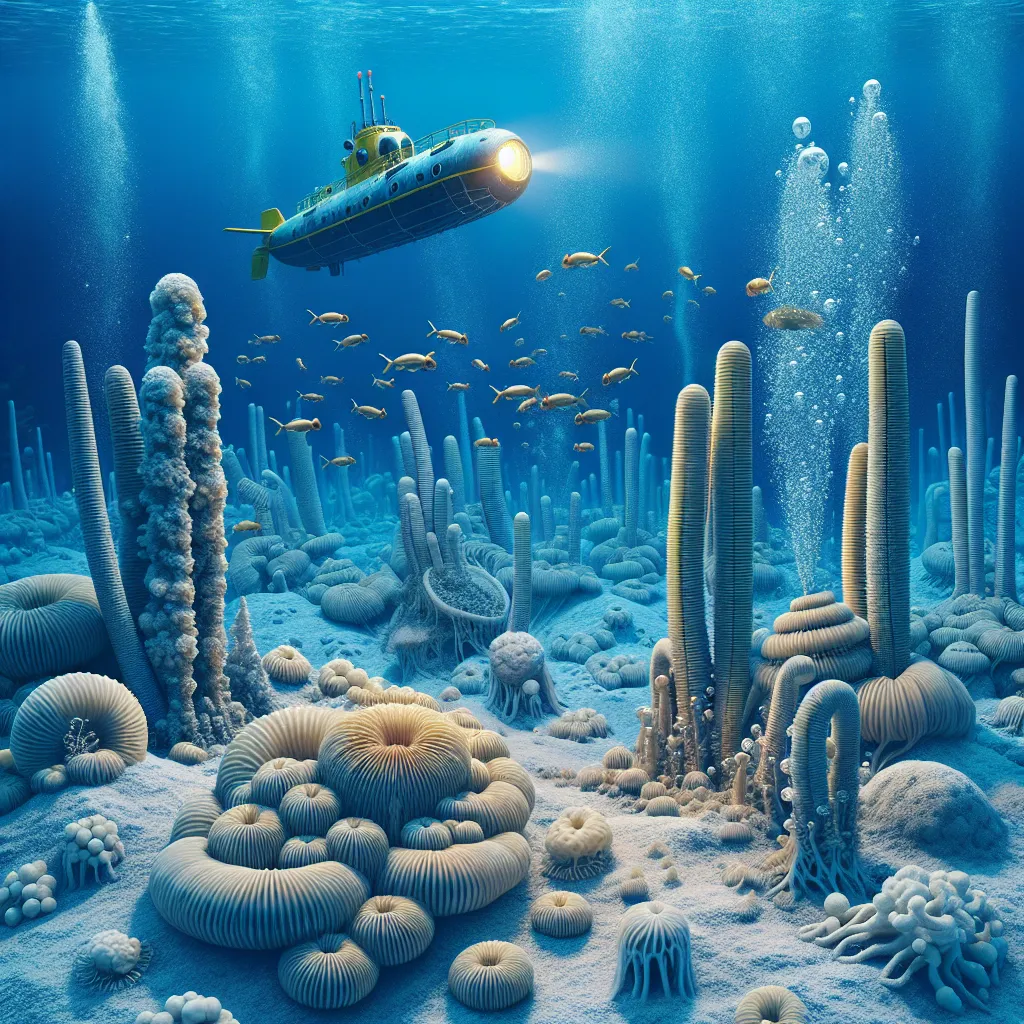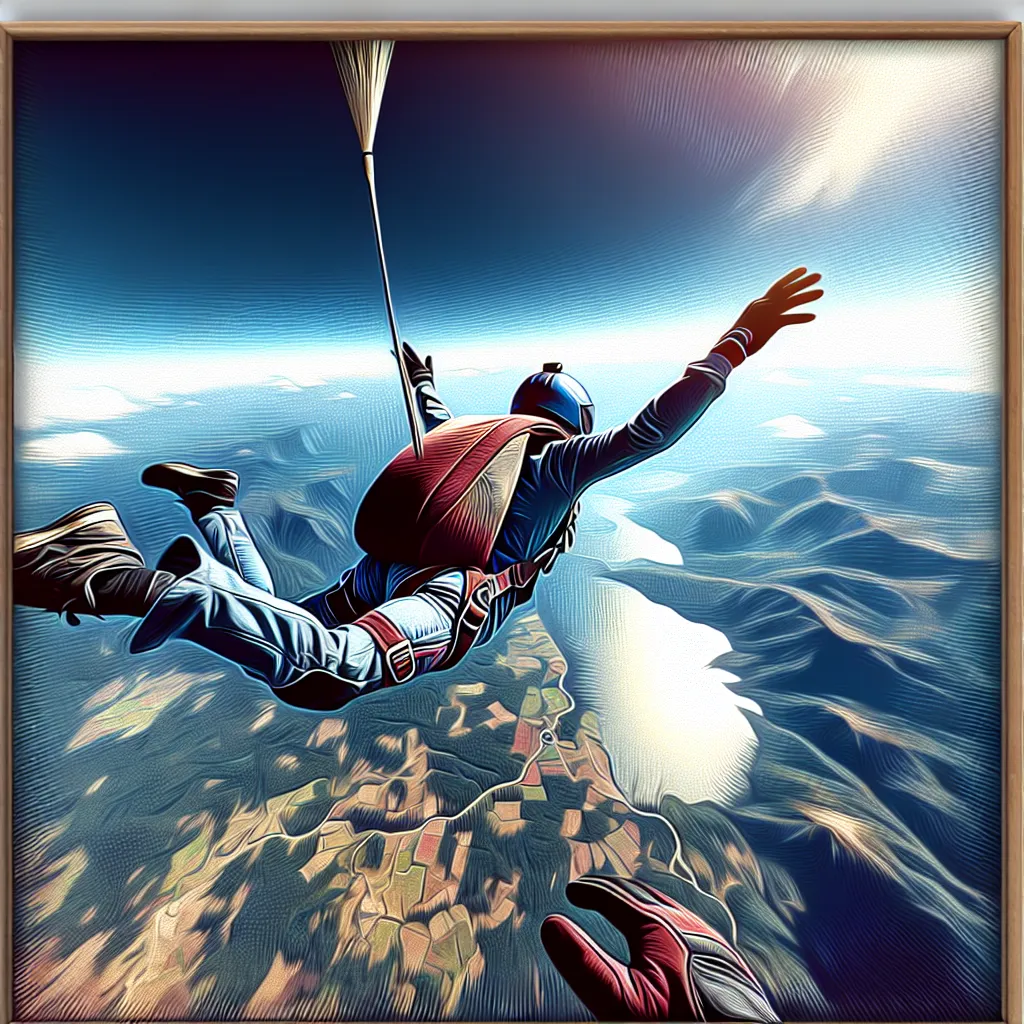Exploring the continental slope reveals some of the most bizarre underwater features on Earth. Imagine sinking 2,000 feet into the desolate sea floor with the Johnson Sealink submarine, only to stumble upon an anomaly that seems to defy physics—a pond of water, complete with ripples. This astonishing sight is a brine pool, a bizarre underwater lake studied by biologist Chuck Fisher from Penn State University.
Discovering a brine pool in the Gulf of Mexico is mind-blowing. Picture cruising along the ocean floor in a submarine and suddenly encountering a lake. This isn’t just any water, though. It’s a super-salty brine, five times saltier than the surrounding seawater, collecting in a crater. So dense, this brine forms a separate body of water, creating surreal ripples when the submarine floats on its surface.
Methane gas bubbles up through the brine. While high levels of methane are deadly to most animals, the creatures here thrive on it. Ever thought about where the gas from your stove comes from? It’s methane. Here, animals use bacteria to convert this gas directly into food. Thousands of mussels thrive at the brine pool’s edge, thanks to bacteria that munch on methane and help the mussels grow.
One might think life would struggle in such harsh conditions, hostile to humans. Yet, the continental slope is teeming with strange life forms that have adapted to the environment. Among these are tubeworms, some of the most astonishing creatures, growing over six feet long. Scientists have discovered these worms grow incredibly slowly, less than a quarter of an inch a year.
When researchers first found these tubeworms, they were bewildered by their size and longevity. They stained the worms blue and returned a year later to measure the new growth, discovering the longest worms grow only a tiny fraction each year. These tubeworms are now believed to be the longest-living animals on Earth, some exceeding 250 years in age. These incredible creatures started growing before the American Revolution!
This discovery wasn’t easily accepted by the scientific community. Years of convincing and studying were required to prove these fascinating facts. The ancient tubeworms are living proof that life can thrive in the most extreme and seemingly inhospitable environments on our planet.






